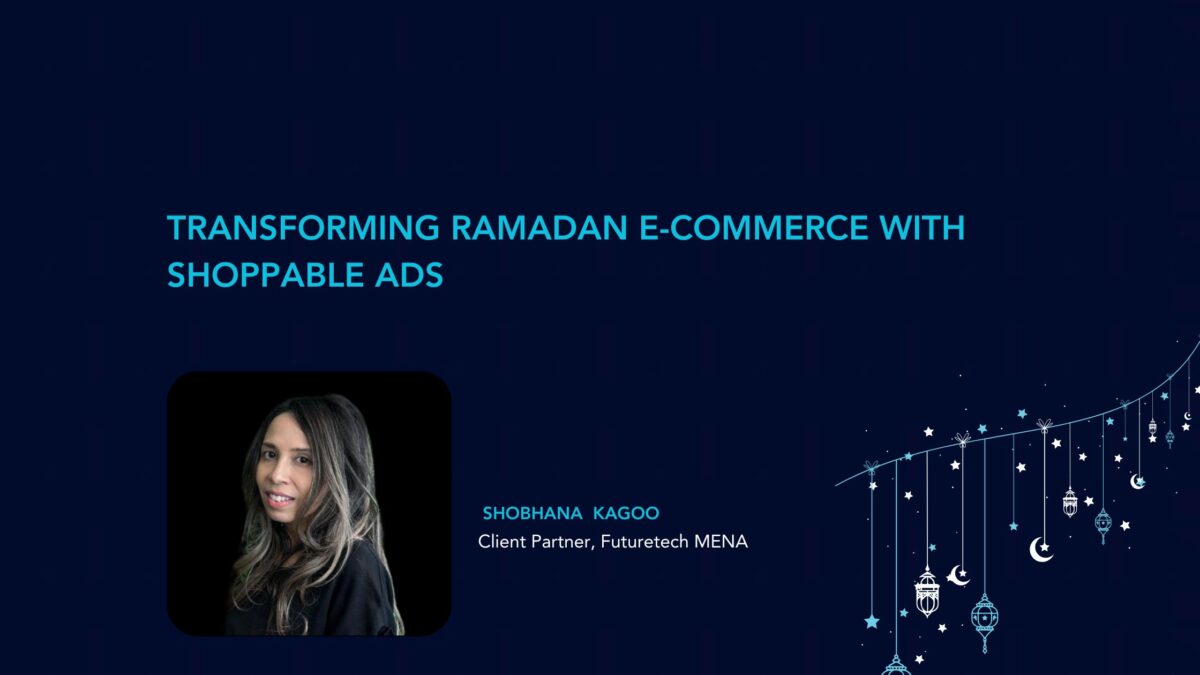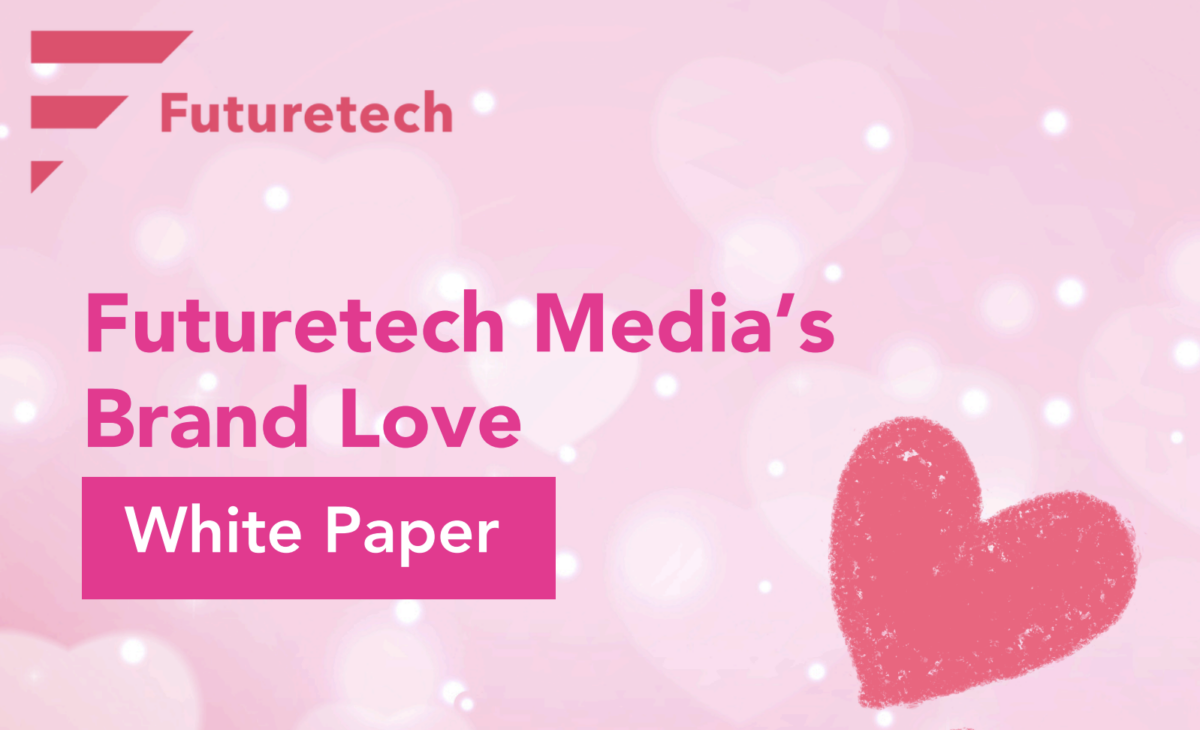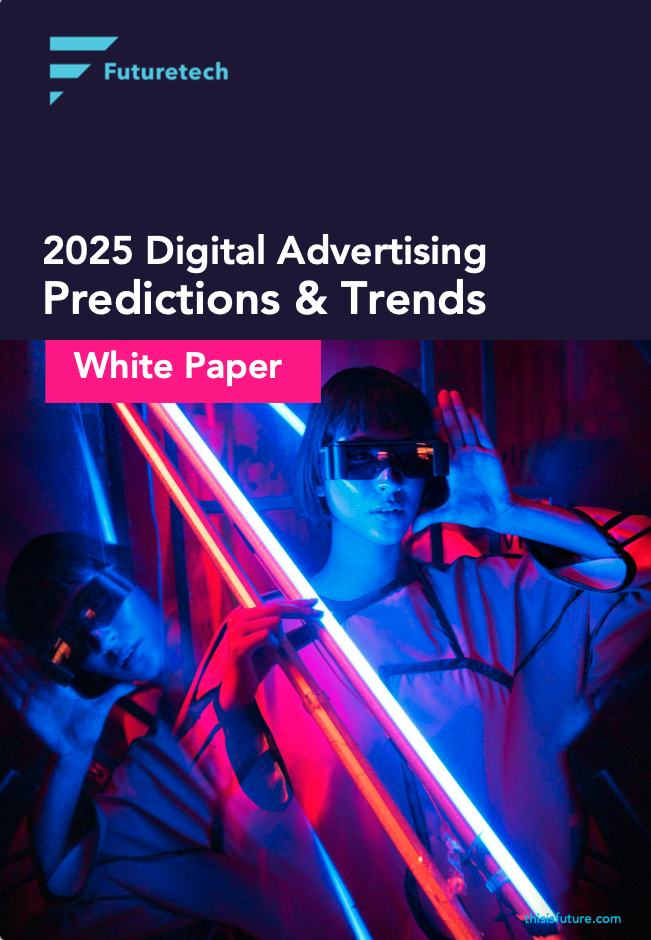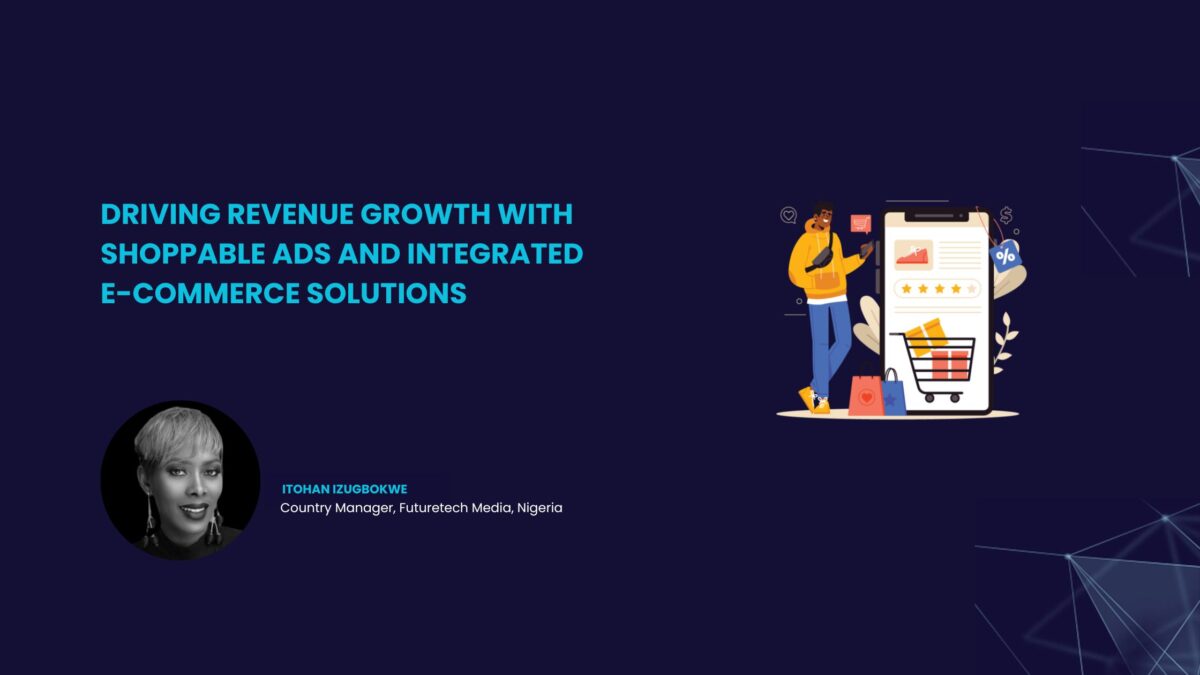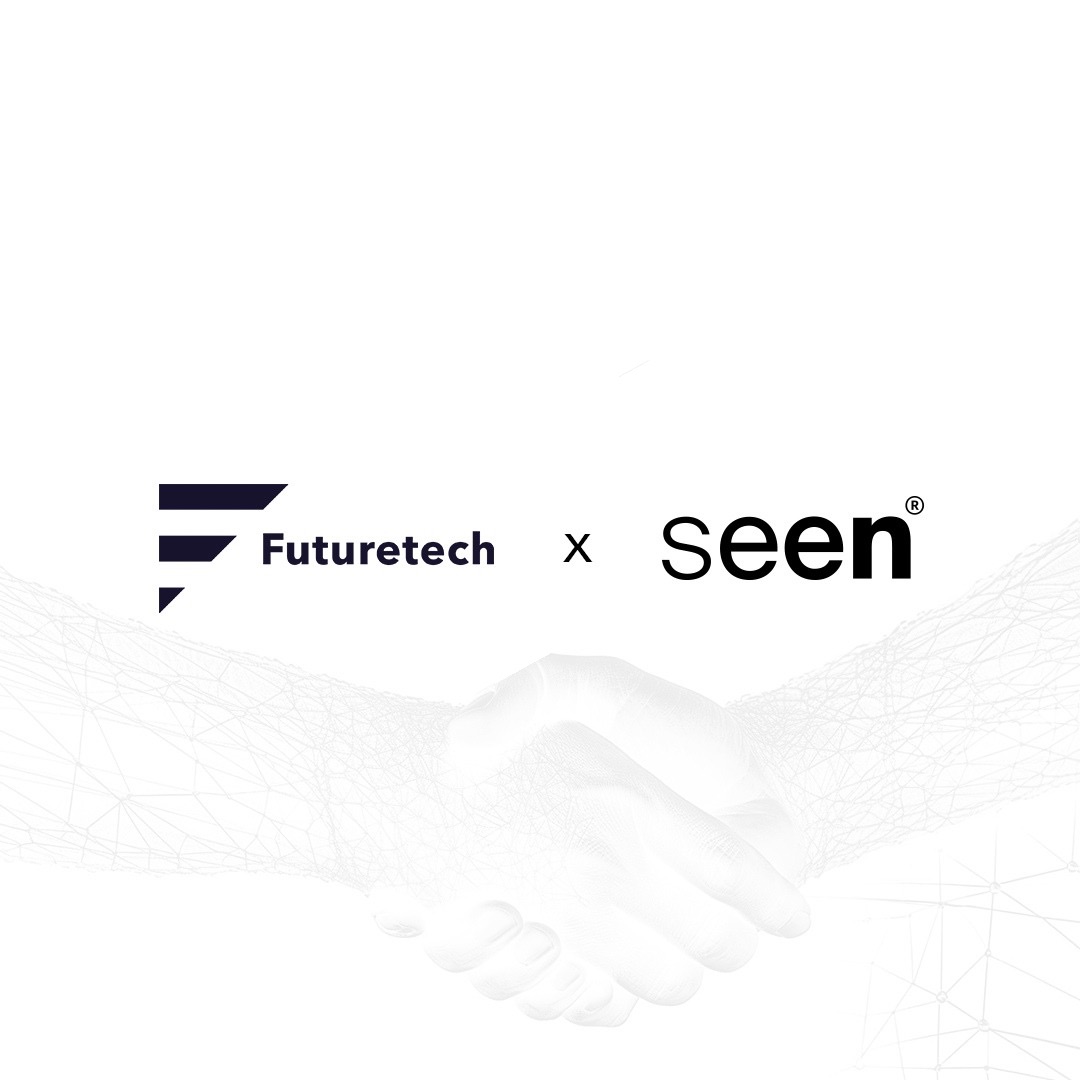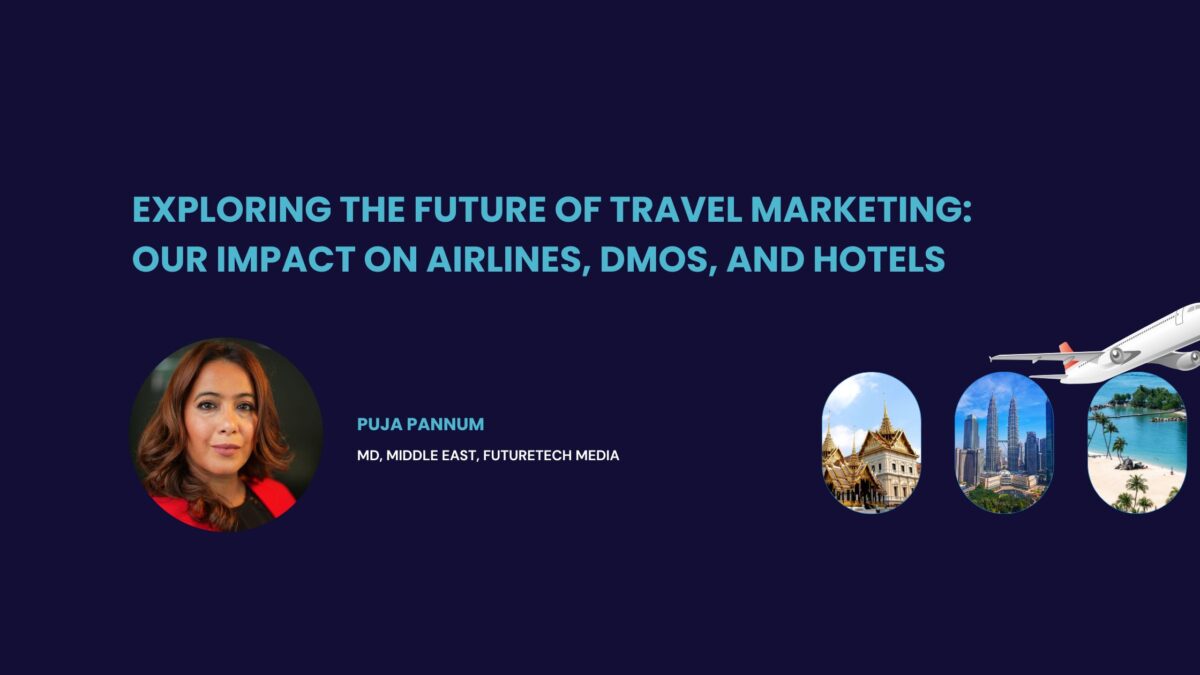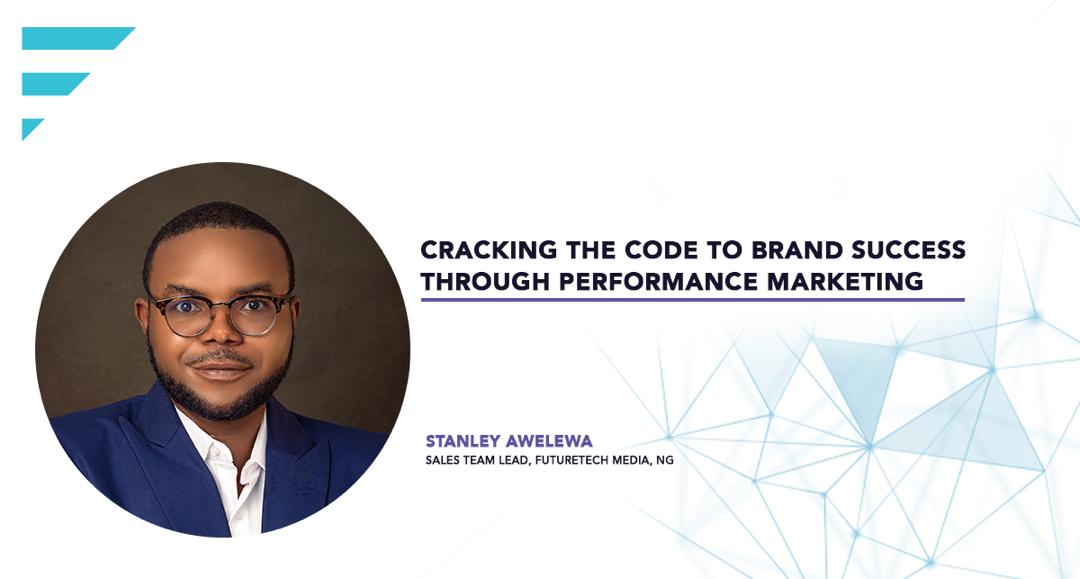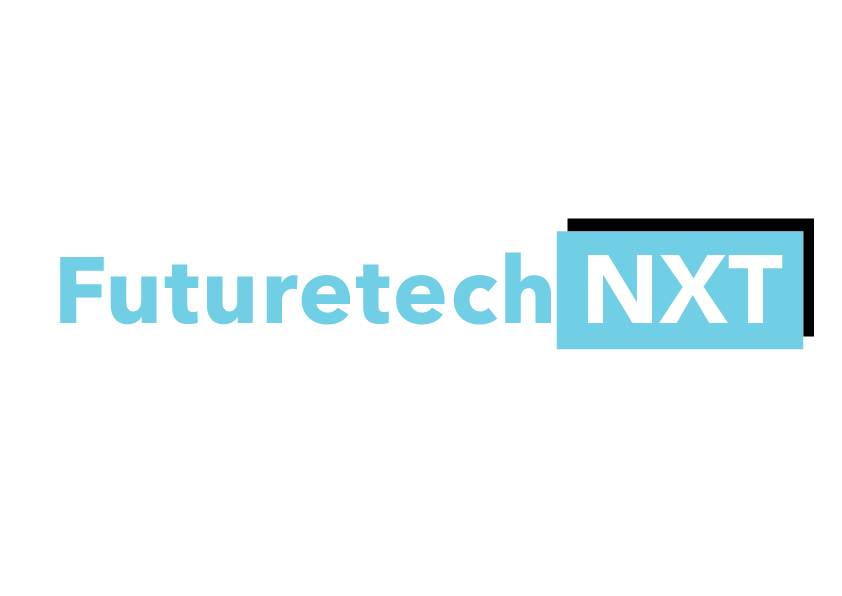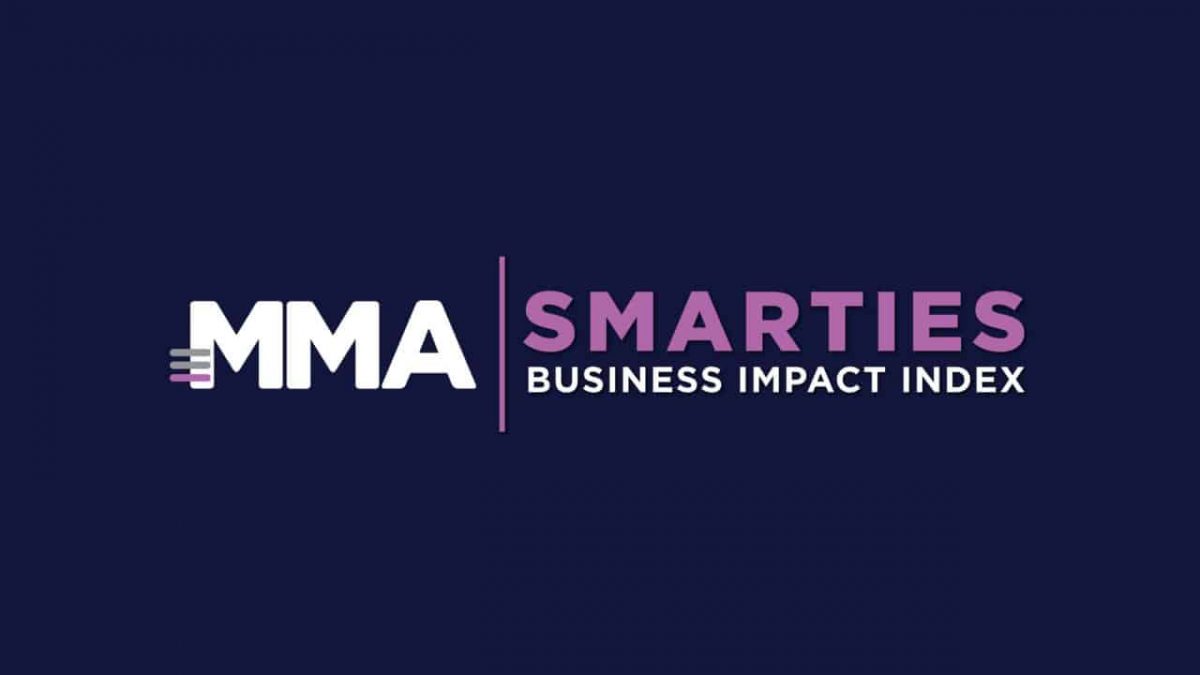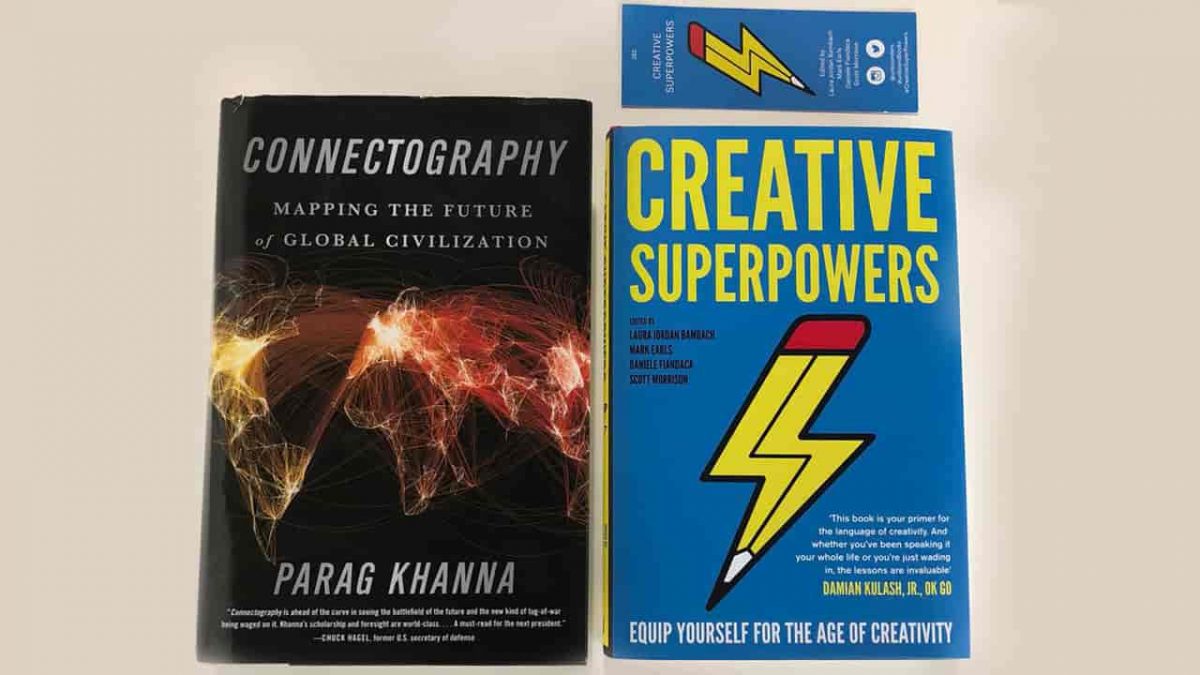What Does the Future of Cookieless Advertising Hold?

The term ‘Cookieless Advertising’ has been buzzing in the digital marketing world for a while now, reflecting a significant shift in how online user data is collected and utilized.
Essentially, it refers to the phasing out of third-party cookies by major web browsers like Google Chrome. These cookies have been a cornerstone of digital advertising, allowing marketers to track user behavior across different websites and deliver targeted ads. However, growing privacy concerns and increasing regulatory pressures have driven this change.
Google Chrome has started the process of phasing out third-party cookies. In early January, the company disabled cookies for 30 million Chrome users (about 1% of its user base), with plans to eliminate them entirely by the end of 2024.
Although this change has been delayed several times, Google now aims to remove third-party cookies completely by 2025. Other browsers, such as Mozilla Firefox and Apple Safari, have already blocked third-party cookies due to growing concerns over data privacy and related legislation. Despite this, many advertisers are still not prepared for a cookieless future.
The Driving Force: Privacy
Privacy Concerns Are at the Forefront: The move towards a cookieless future is driven by increasing privacy concerns. With the rise in awareness about data privacy, users are demanding more control over their personal information. Regulations already set the stage by imposing strict guidelines on data collection and user consent. The cookieless future is a step further in ensuring that users have greater transparency and control over their online data.
The Current State of Cookieless Advertising
Recent studies indicate that while marketers and publishers recognize the importance of moving away from third-party cookies, many are not fully prepared for the transition. According to HubSpot, less than half of marketers have a plan for cookie-free targeting. An Econsultancy survey revealed that 71% of respondents see viable alternatives to third-party cookie-based tracking, but only 8% feel “fully prepared” for the cookieless future. Additionally, Digiday found that 78% of publishers believe that the removal of third-party cookies will make their audience data more valuable, though only 9% have a complete plan for this transition.
Embracing Cookieless Advertising
Cookieless advertising involves using alternative strategies to target users without relying on third-party data. The goal is to deliver relevant, personalized ads while respecting user privacy and complying with data protection regulations.
Key Strategies for Cookieless Targeting
Cookieless targeting relies on first-party data, anonymized data points, and advanced technologies like AI and machine learning to target ads without compromising user privacy or violating regulations such as GDPR or CCPA. There are three primary methods used in cookieless advertising:
- Authenticated Targeting: This involves obtaining explicit consent from users—typically through pop-ups, login screens, or sign-up forms—to use their data for advertising purposes.
- Anonymous Targeting: This method avoids using personal identifiers like names or email addresses. Instead, it uses alternative methods to segment and target specific audiences anonymously.
- Contextual Targeting: This approach uses AI and machine learning to deliver ads based on the content of the webpage a user is viewing. Advertisers use keywords, topics, or categories to target their ads, ensuring a more natural and less intrusive experience.
Preparing for Cookieless Targeting
As the programmatic landscape evolves, marketers must adapt to new limitations on cookie usage. Cookies will still be relevant for first-party data collection and tracking when consent is given. However, advertisers need to explore new methods like contextual targeting to reach their audiences effectively.
Contextual Advertising and Its Benefits
Contextual advertising targets ads based on the content of the webpage a user is visiting. A crawler scans the webpage’s content and metadata, analyzes it, and categorizes it using AI and machine learning. Ads are then served to visitors based on the content they are viewing, rather than relying on third-party data or personal identifiers. This makes contextual advertising an ideal solution for a post-cookie world.
The benefits of contextual advertising include the ability to target niche audiences in the right frame of mind and access real-time metrics. It is also a brand-safe solution, ideal for building strong brand affinity with the audience.

Steps to Implement Cookieless Advertising
- Prioritize Contextual Targeting: According to Proximic’s 2024 State of Programmatic Report, 78% of advertisers plan to increase or continue using contextual targeting. It’s essential to experiment with this method to ensure long-term campaign success.
- Educate Yourself on Cookieless Advertising: Staying updated with the latest trends, technology, and channels in digital marketing is crucial. Invest in learning and development to understand how to succeed in a cookieless environment. This could be through free courses or webinars on contextual advertising and AI.
- Find the Right Programmatic Partner: Partner with programmatic platforms that specialize in cookieless advertising and leverage AI and machine learning. These experts can guide you
Implications for Marketers and Advertisers
A New Paradigm for Digital Advertising: This transition means rethinking the fundamentals of digital advertising. While it marks the end of an era dominated by third-party cookies, it also heralds new opportunities for more ethical and innovative marketing strategies. Here’s how to adapt:
- Leveraging First-Party Data: With third-party cookies becoming obsolete, first-party data—information collected directly from users—will become invaluable. This data is not only more reliable but also compliant with privacy regulations, allowing marketers to create more personalized and direct interactions with their audience.
- Embracing Contextual Targeting: Unlike behavioral targeting, which relies on user history, contextual targeting focuses on the content being consumed. This means placing ads relevant to the webpage’s content.
- Focusing on Consent-Based Marketing: As privacy becomes a priority, ensuring that users explicitly consent to data collection will build trust and comply with regulations. This approach emphasizes transparency and respects user preferences, which can enhance brand reputation and loyalty.
Looking Ahead
The cookieless future is not just about eliminating third-party cookies; it’s about reimagining the digital landscape to prioritize privacy and trust. It challenges marketers to innovate and adopt strategies that are not only effective but also respect user autonomy.
Interested in Learning More?
And if you’re seeking guidance on navigating your marketing strategies in this era, reach out to our experts for a no-commitment discovery call!
